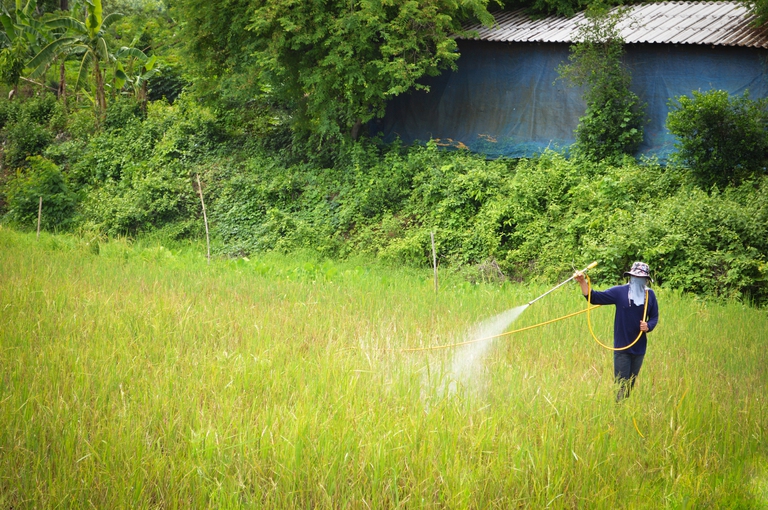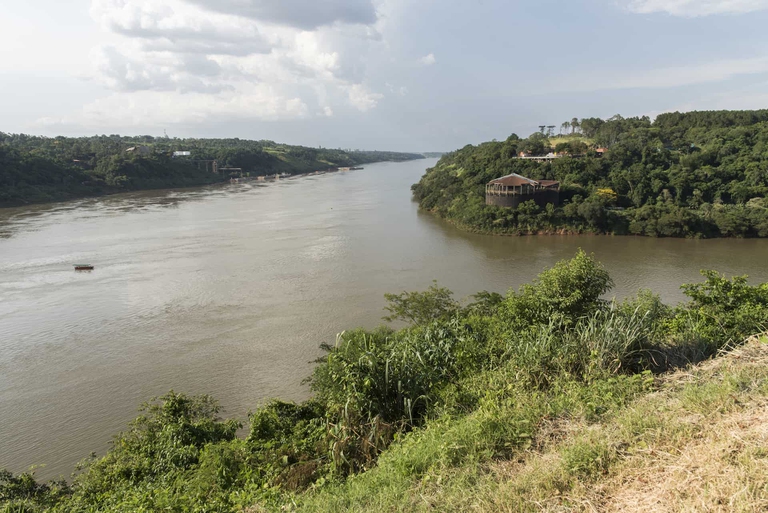https://www.lifegate.it/pesticidi-dispersione-ambiente-studio
- |
- Pesticides used in agriculture degrade and disperse into the environment:70 thousand tons end up in the aquifers.
- 0.1 percent ends up in rivers, a small fraction which however can also have negative consequences for the marine ecosystem.
- According to the study, 13 thousand kilometers of rivers have concentrations of chemical substances above safety limits.
Every year theagriculture Globally uses around three million tonnes of pesticides, but little is known about where these synthetic chemicals end up after their initial application in the fields.

How pesticides disperse into the environment and 70 thousand tons penetrate the groundwater
Now, a study conducted byUniversity of Sydney and published on Nature revealed how pesticides leak into the environment:analyzing the geographical distribution of. through geospatial data 92 of the most commonly used agricultural pesticides, scholars have found that approximately 70 thousand tons of potentially harmful chemicals enter homes every year aquifers, with an impact on ecosystems and freshwater resources and oceans.
According to the study, 80 percent of chemicals do, in fact, degrade molecules or by-products causing a “cascade” dispersion in the surrounding environment.The molecules can be just as persistent and harmful as pesticides:“One such example is glyphosate,” he explains Federico Maggi, lead author of the study.“Although it is highly degradable, it breaks down into a molecule known as Ampa which is highly persistent and toxic.”
Pesticides in rivers in small quantities, but with negative consequences also for the oceans
The study found that only a fraction of these chemicals enter the river systems after application in the field but, once in water, most of the active ingredients end up in seas and oceans, with potential negative impacts on marine fauna and coral reefs.This puts the very basis of marine and freshwater food chains at risk. “On paper, 0.1 percent leaching into freshwater streams may not seem like a lot,” Maggi said, “but all it takes is a small amount of pesticides to have a negative impact on the environment.”

In rivers concentrations above limits
In particular, according to research, 730 tons of pesticides they enter the rivers every year, with approx 13 thousand kilometers of rivers they reach chemical concentrations above safety limits for a number of aquatic plants and invertebrates, with little-known consequences on river ecosystems.THE rivers with the greatest exposure to pesticides are found in the Central and Western United States (Mississippi and Sacramento), Argentina (Parana), India (Ganges), Eastern China (Yangtze, Pearl and Yellow River) e Southeast Asia (Irrawaddy and lower Mekong), while i Rivers in Europe have intermediate concentrations of pesticides with hotspots along the Bit and the Danube.

Reducing use is not enough, quantity and toxicity must also be assessed
The study only analyzed pesticides used in agriculture, not considering those used in aquaculture and in contexts urban such as private homes and public spaces, so the results could actually turn out to be worse.Scholars argue that pesticide reduction goals should focus not only on use but also on quantity in relation to toxicity of a substance and on the assumption that margins exist to make the use of pesticides more sustainable, while at the same time ensuring safety food safety through new technologies and modern crop management practices.
